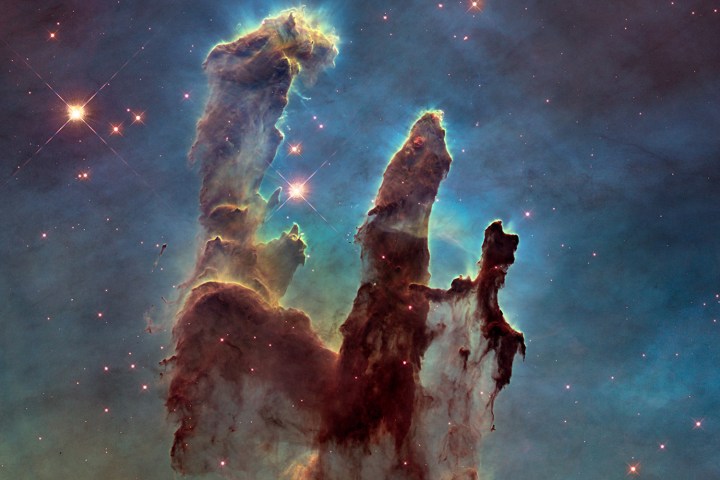
Where are all the aliens? The famous Fermi paradox asks why, given how vast the universe is, no other civilizations have arisen elsewhere and contacted us here on Earth.
Some thinkers have argued the issue is the vast distances between stars, which means it would take an exceedingly long time for any intelligent life to travel from one habitable planet to another. This was the approach taken by Carl Sagan.
Others say that it is the nature of an advanced civilization to eventually destroy itself through war or over-consumption, so all the aliens died off before they had the chance to invent and use interstellar travel. Still others argue that aliens might have taken one look at Earth and decided they’d be better off not contacting us, which is depressing but understandable.
And of course there’s the possibility that no one has contacted us because there is no one else out there.
Now a new paper takes on Sagan’s argument about distance by showing it wouldn’t necessarily take all that long for space-faring civilizations to travel across the galaxy as they could make use of the movements of stars. Stars like our Sun move around the galaxy in an orbit somewhat similar to the way our planet moves around the Sun. This means that our planet actually travels a huge distance across space.
“The sun has been around the center of the Milky Way 50 times,” Jonathan Carroll-Nellenback, an astronomer at the University of Rochester and lead author of the study, said to Nautilus. “Stellar motions alone would get you the spread of life on time scales much shorter than the age of the galaxy.”
Carroll-Nellenback and his colleagues used computer modelling to see how far a “settlement front” could spread and found it could cross the entire galaxy, just due to the movements of stars. Even without impressive propulsion systems, settlements could spread quickly. Previous models, like Sagan’s, did not take into account stellar movements which is why they found it would take too long for alien civilizations to travel to us.
So if the new model is right, does that mean there are no aliens? Not necessarily. The data suggests that natural variability like the density of stars within a galaxy will result in some galaxies being settled but not others. It could be that the Milky Way is only partially settled and or that it was settled by others in the past, and it could be that life exists elsewhere in other galaxies.
Alternatively, maybe the issue is not whether other life exists but whether we have the capacity and understanding to perceive it. “The click beetles in my backyard don’t notice that they’re surrounded by intelligent beings — namely my neighbors and me,” Fermi paradox expert Seth Shostak told Nautilus, “but we’re here, nonetheless.”
The paper is published in The Astrophysical Journal.




